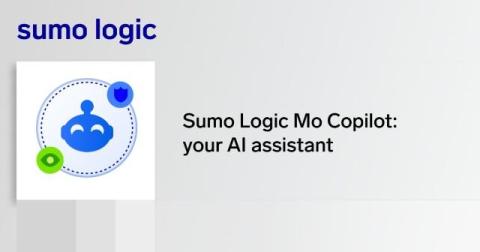Unique approaches to MITRE ATT&CK-make the most of its potential
Cybersecurity frameworks often feel as exciting as tax codes and instruction manuals, useful but not exactly captivating. Yet, the MITRE ATT&CK framework has managed to capture the attention of security professionals worldwide by mapping out adversary tactics, techniques, and procedures (TTPs). Many organizations don’t operationalize MITRE ATT&CK’s potential fully, using the framework in predictable ways. But it doesn’t have to be that way.











